Calligram Poem Examples: From Apollinaire to Modern Logos
A calligram poem is a unique form of poetry where words are arranged to create shapes that reflect the poem’s meaning. This artistic approach blends writing with design, making the text itself a visual representation of the subject.
Calligrams have a long and fascinating history, from their playful origins in Ancient Greece to modern interpretations in literature, art, and graphic design. In this guide, you’ll learn how to create your own calligram poem, explore cultural and historical examples, and discover how to adapt this activity for students of all ages, whether in an art or writing class.
Read also:

Hi there — before we continue:
I’d love to build a small community on Instagram and try out some short-form content over there. It would mean a lot if you could hop on IG and follow me @art_sprouts_art.
Also, what kind of content would you like to see from me next?
Drop a comment below or send me a DM on Instagram to let me know!

What is a Calligram poem?
A calligram is a word or piece of text in which the design and layout of the letters creates a visual image related to the meaning of the words themselves.
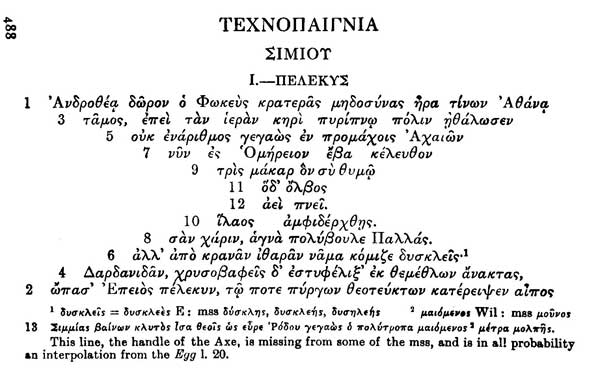
Some of the earliest known examples of calligram poems date back to the Hellenistic period of Ancient Greece. From the very beginning, calligrams had a playful connotation, as they were called technopaegnia, quite literally translated to “art games”.
Calligram is a kind of poetry that is meant to be both read and admired. For this reason, it falls within the modern practices of Visual poetry, Concrete Poetry, and Experimental Poetry.
By the 20th, calligram poems had become even more free in their forms. This is partly due to new achievements in typewriting and printing, which allowed for more extravagant compositions.
Poet Guillaume Apollinaire famously played with calligrams: his anthology, Calligrammes: Poems of Peace and War 1913-1916, is one of the most famous examples of the style and deeply influenced Futurist, Cubist, and Surrealist poetry.
- Play Like a Surrealist: 13 Surrealist Games and Techniques to Unleash Kids Creativity
- Exquisite Corpse for Kids: 4 Surrealist Games to Boost Creativity in the Classroom
Calligrams were particularly popular in Hispanic Literature: poets Guillermo de Torre, Gerardo Diego, Juan José Tablada, Oliverio GGirondo, Francisco Acuña de Figueroa, Joan Brossa among others, all produced poems in this style.
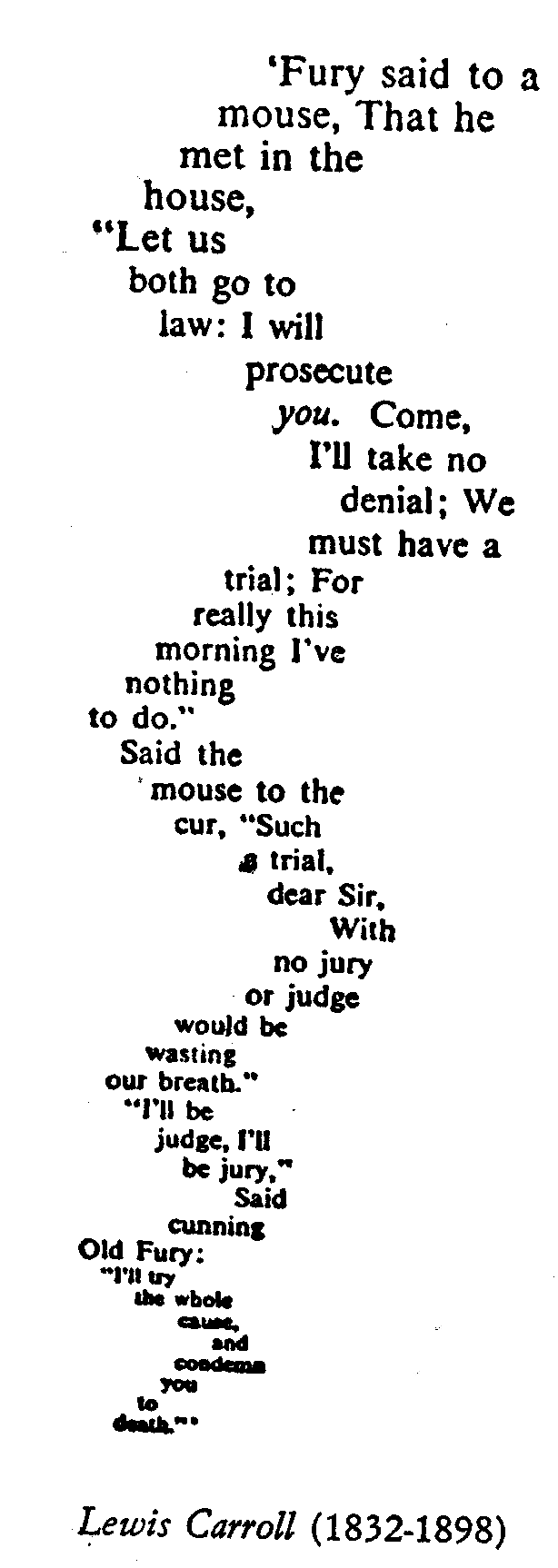
Calligram poetry in other cultures: Islamic Calligraphy
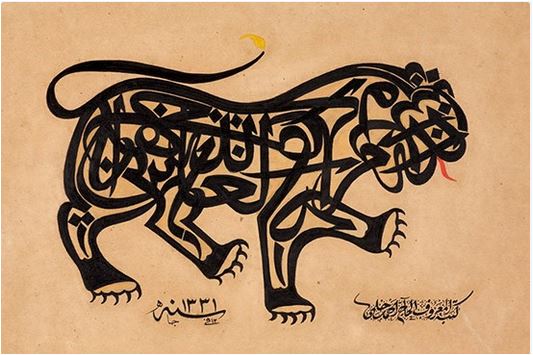
In Islamic culture (which includes Arabs, Ottomans, and Persian culture), calligraphy evolved from a writing style to a representative medium in itself.
There are multiple reasons why calligraphy became so important in Islamic culture. Is a well-known fact that Islamic art is traditionally aniconic (meaning that it refrains from representing sentient beings, as the creation of life is believed to be the prerogative of God), instead favoring abstract and symbolic representation. However, the other important reason behind the popularity of calligraphy is the importance of the written text and the notion of writing in Islamic culture.
These two factors combined favored the stylization of the written word as a decorative motif in itself: words didn’t just have an expressive function but became aesthetic elements as well.
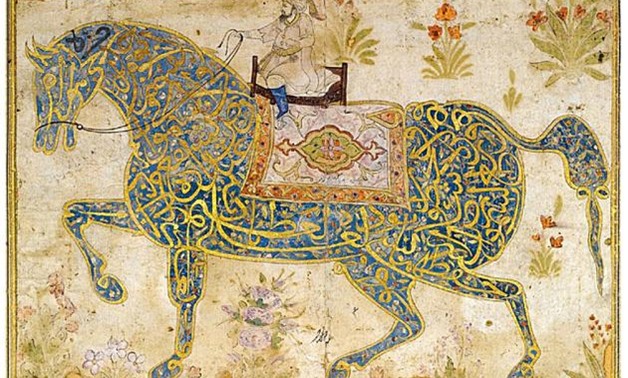
Most Islamic calligrams are Quran verses and are used as motifs to decorate architecture, coins, or waved to embellish precious silks.
These Muslim silks were so precious, that even European crusaders would bring them back to Europe as prized possessions and exhibit them in religious settings.

In the post-colonial era, calligraphy became a mean for Islamic artists to find their own identity and voice within the international art scene. Art movements such as the Hurufiyya movement, and Calligraffiti art, have become one of the most important media for local artists to reclaim their regions while preserving their culture and traditions.


Are You Enjoying this kind of content?
Sign up to receive thoughtful articles, teaching tools, and creative prompts straight to your inbox.
Calligrams in the modern sense: Logo Design
Calligrams are still used today in graphic design, to embed layers of meaning into brand logos.
A few examples of contemporary calligrams:
Can you see the cyclist?
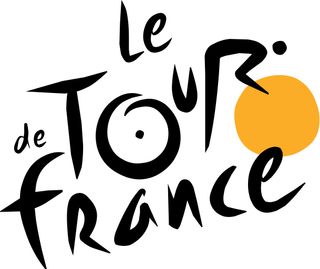
Can you identify the TOYOTA letters in the logo? Check here

Can you read it? Do you see the director holding the baton?

Can you think of other contemporary examples of calligrams?
How to adapt this lesson to different age groups:
Throughout the years, I have adapted this lesson to students as little as pre-k, all the way to high schoolers.
Depending on the age and the level of literacy, the focus can be switched between art and design, or creative writing and poetry.
- Lower grade students can create calligrams by arranging letters into forms, or by practicing their writing along pre-drawn lines and shapes.
- Older students can create their own poem visual arrangements, which can be even further developed into original artworks in calligraffiti or Hurufiyya style.
- In design class, students can develop creative calligrams logos. See some examples here.
How to Create Calligram Poetry: Hands-on Lesson Plan
- Calligrams for Children: How to Write a Calligram Poem
- Explore Identity with Calligram Poetry: A Multidisciplinary Art Activity

21 Children’s Books About Famous Artists Kids Will Love
If you’re looking for a fun and educational way to introduce your child or students to the wor…
7 Awesome Henri Matisse Projects for Kids
Looking for a Henri Matisse project for kids that’s fun, hands-on, and filled with color? Matisse’s …
Calligram Poem Examples: From Apollinaire to Modern Logos
What is a Calligram poem?A calligram is a word or piece of text in which the design and layout of…
Design as Play: Bruno Munari’s Playful Approach to Design & Learning
If there’s one name in art education that has really stuck with me on my journey from artist t…
Easy Matisse Cut-Out Art Activity for Kids
Introduce kids to the vibrant and playful world of Henri Matisse with this easy cut-out art activity…
Exquisite Corpse for Kids: 4 Surrealist Games to Boost Creativity in the Classroom
Discover four fun, creative versions of Exquisite Corpse, a Surrealist game perfect for classrooms. …
Save for Later:


















